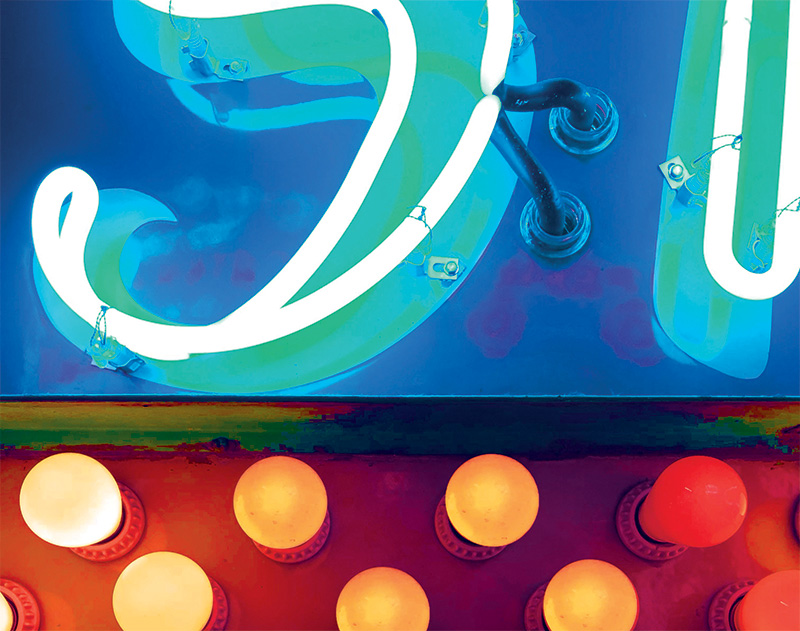An
Irreplaceable North Shore Treasure
The Cabot Theatre is a North Shore treasure, a legacy of the visionary showmanship and architectural passion of the Ware Brothers. The theatre opened on December 8, 1920 as a dream palace for vaudeville and silent movies and it was hailed as “the most impressive auditorium of its size east of New York.” Known then as The Ware Theater, it shared a distinguished architectural pedigree, designed by the architects of Boston’s Athenaeum and Olympia Theater and Dorchester’s Strand Theater.
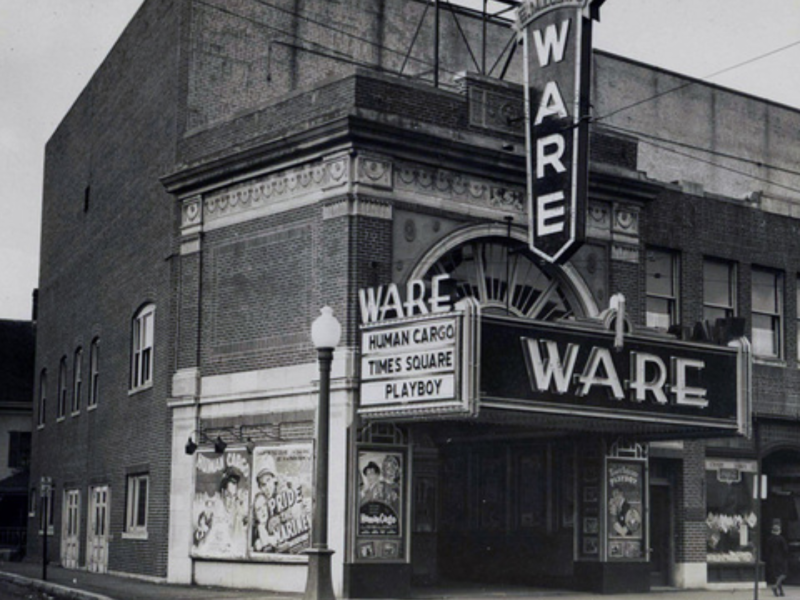
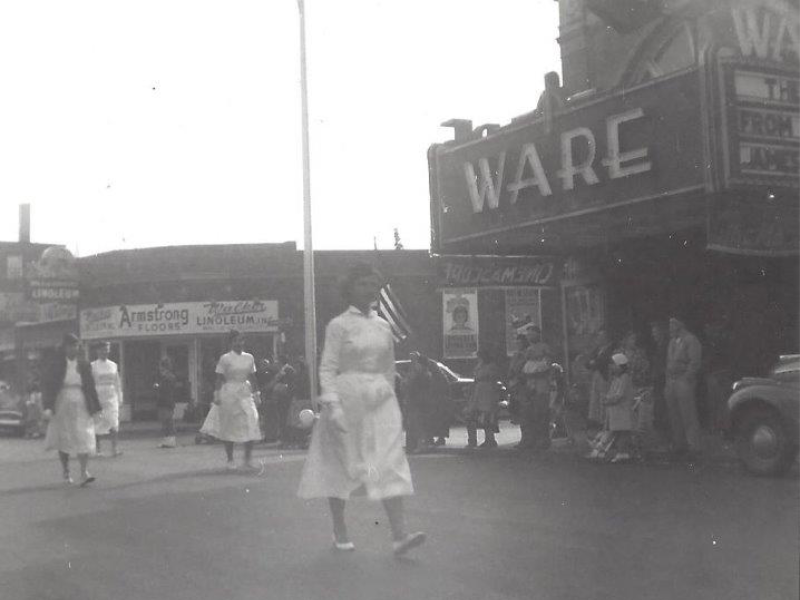
First 40 years
For its first 40 years, it served as a center of community life for downtown Beverly.
In 1944, the venue was leased to movie chain giant E.M. Loew’s which eventually purchased it in 1962, and renamed it the Cabot Cinema. A unique and remarkable transformation began in 1976 when it was purchased by Le Grand David and His Own Spectacular Magic Company. For 37 years, The Cabot hosted Le Grand David’s long-running magic show that entertained local audiences, made seven White House appearances and won recognition in the Guinness Book of Records and the magazines of TIME, Smithsonian and National Geographic World.
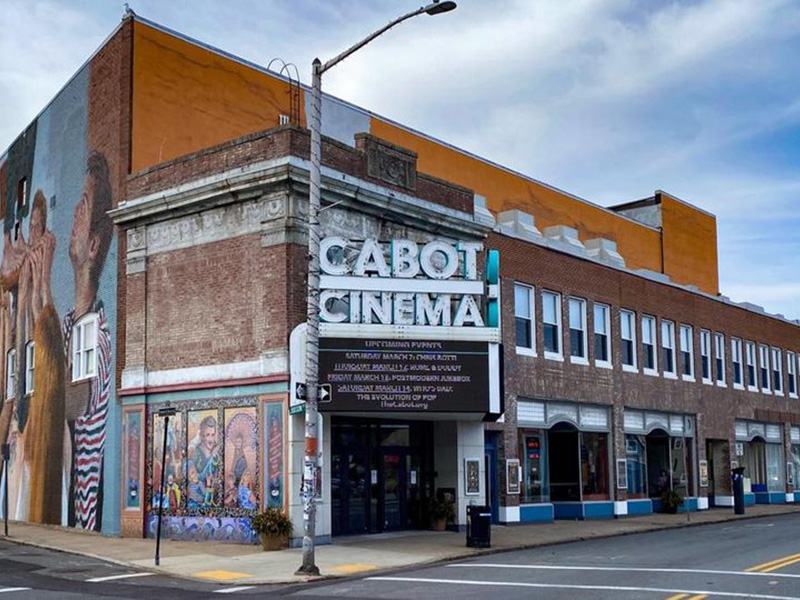
No ordinary building
The Cabot is a rare survivor. Only about 250 similar movie palaces still exist out of an estimated 20,000 theaters built in the 1920s. But its future came into doubt when the Magic Company wound down and they placed the theater up for sale. Thanks to the efforts of the five “founders,” The Cabot was saved: Henry Bertolon, Bill Howard, Rich Marino, Thad Siemasko, and Paul Van Ness. Soon after, a board of directors was also formed.
Over the first 15 months of operations, community engagement with the Cabot was truly phenomenal as expressed in donations, volunteer hours, and attendance at live music events and film screenings.
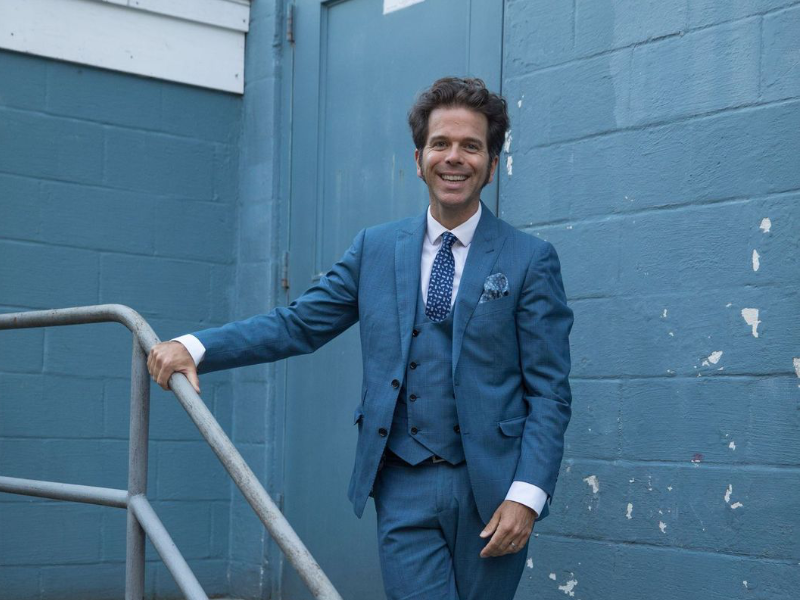
First Executive Director, J. Casey Soward
In October 2015, the new Cabot board welcomed its first Executive Director, J. Casey Soward. Prior to joining The Cabot, Casey worked in leadership positions for a variety of performing arts organizations, educational institutions, and theaters, beginning his career working on the stage crew at the historic Orpheum Theatre and in Boston when he was a student at Berklee College of Music.
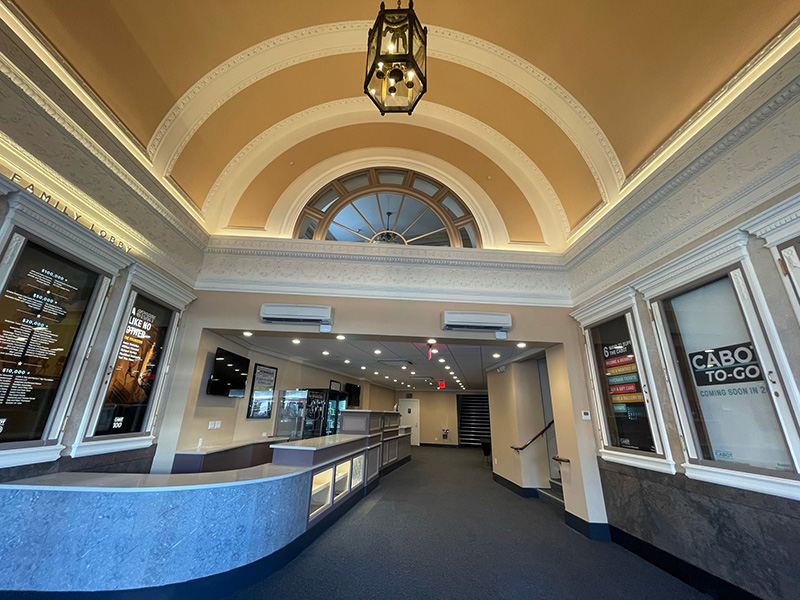
Renovation
Since then, The Cabot has welcomed thousands through its hallowed halls. In 2016, The Cabot embarked on a multi-year, multi-million dollar renovation to not only restore parts of the theater to its original 1920s grandeur, but to upgrade and modernize all current systems to better enhance the live experience. This included replacement of all theater seating, opera box restoration, new sound and stage lighting systems, new heating and air conditioning, and most recently, the completion of the lobby renovation and restoration of the original rose window.
Opening
Night in the Roaring Twenties
December 8, 1920
For the first time, more Americans lived in cities than on farms. The nation’s total wealth more than doubled between 1920 and 1929, and this economic growth swept many Americans into an affluent but unfamiliar “consumer society.” People from coast to coast bought the same goods (thanks to nationwide advertising and the spread of chain stores), listened to the same music, did the same dances and even used the same slang!
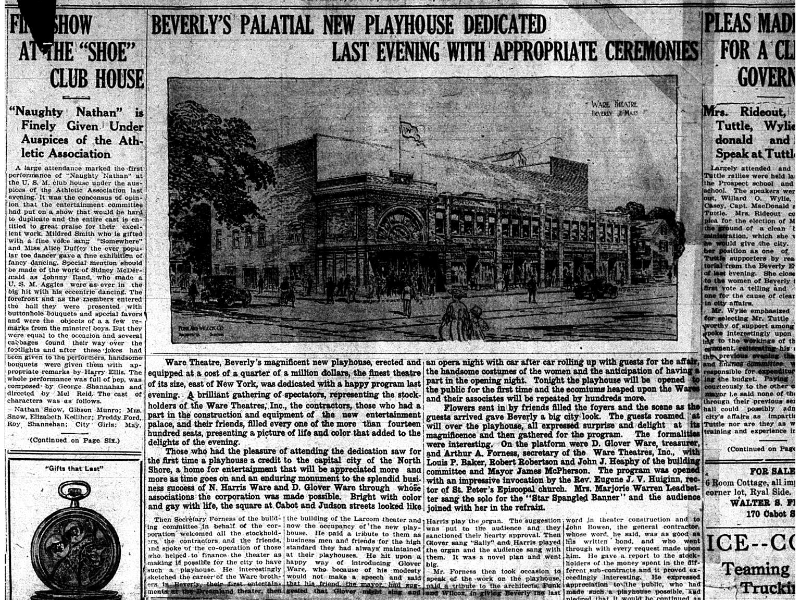
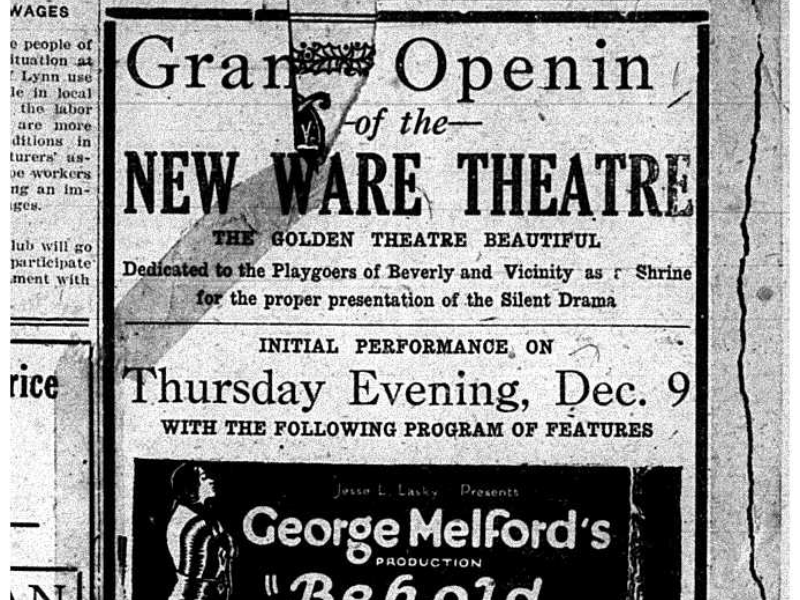
During the 1920s, many Americans had extra money to spend, and they spent it on consumer goods, including going to the movies: historians estimate that, by the end of the 1920s, three-quarters of the American population visited a movie theater every week.
The Ware Theater opened to a capacity crowd of invited guests for a program of speeches, celebrations and entertainment that showcased the new theater’s state of the art systems including its $50,000 Austin pipe organ ($650,000 in today’s dollars), the largest in the state at the time.
The next day, when the theater was opened to the public with the silent film “Behold My Wife”, The Beverly Evening Times ran a story and the title was “Beverly’s Palatial New Playhouse Dedicated Last Evening With Appropriate Ceremonies.”
The reporter began, “Ware Theatre, Beverly’s magnificent new playhouse, erected and equipped at a cost of a quarter of a million dollars, the finest theatre of its size, east of New York, was dedicated with a happy program last evening.”
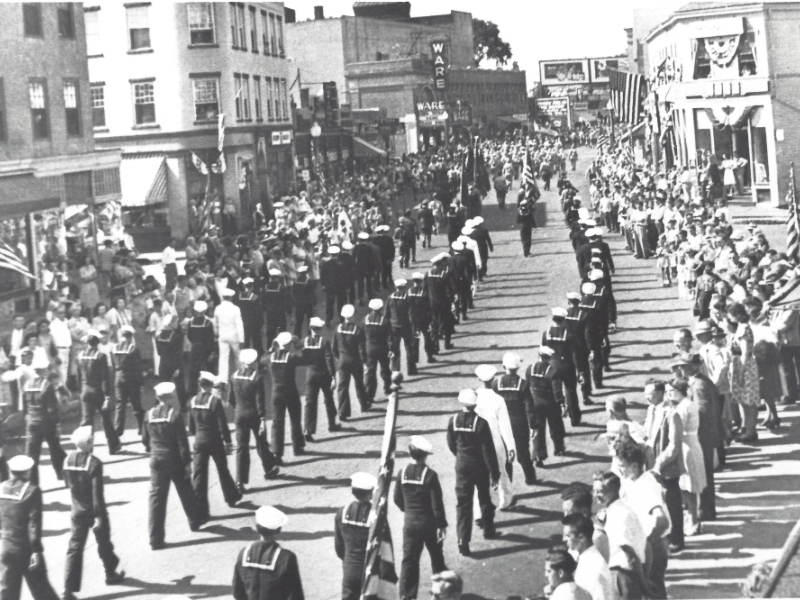
The era of magic







